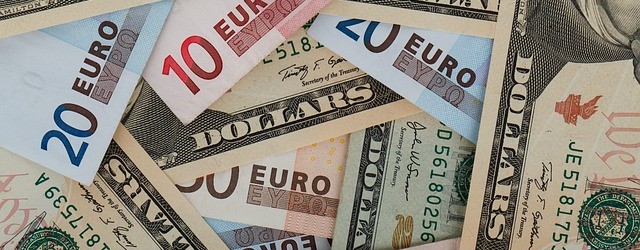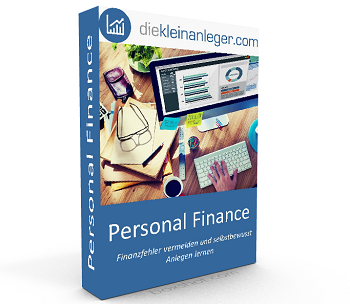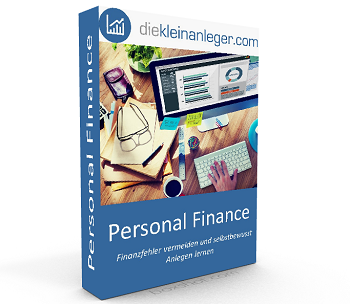Each ETF is a separate security, which is traded on the stock exchange with a security identification number or ISIN. The term ETF means Exchange Traded Funds. The investor can order the ETF from any bank or direct broker (the cheapest of which is currently CapTrader with € 4 per trade) by placing a securities order. In contrast to closed-end funds, ETFs themselves invest in securities, indices or investments described in the investment strategy. Most of them are also traded on a daily basis, so that investors can invest or sell at any time.
In the question of how to purchase an ETF, the decision-making process and the possible advice of the bank consultant plays a decisive role:
ETF as a collective term for very diverse fund categories
Exchange Traded Funds simply means that the fund company fulfils the high requirements placed by the stock exchange supervisory authority on a product traded on the stock exchange. This includes, for example, separating the fund assets as special assets from the assets of the bank or the issuing fund company. In addition, the ETF is revalued daily on the basis of the portfolio holdings in order to enable the redemption price and the purchase price to be set at a price corresponding to the actual assets.
In a first step, the investor should therefore make sure which investment purpose the investment should serve and what duration is planned. ETFs that invest in shares and indices are more likely to be intended for a longer period of time. In the long-term calculation, shares have a significantly higher yield than the classic fixed-interest securities, but are also exposed to higher short-term fluctuations. For shorter investment durations, ETFs are recommended which, for example, replicate the different durations of fixed-income securities in order to ensure a good balance between the highest possible interest rates and flexibility in reacting to interest rate fluctuations. When buying funds or ETFs at a bank, there is usually an additional advisory protocol provided that is completed during the consultation.
Post-purchase management of ETF securities
Unlike most closed-end funds, which are managed exclusively by the fund company or issuer, ETFs are managed in a securities portfolio. This is held by the customer at a bank or a direct broker. There are several advantages to this: The daily valuation of the ETFs is included in the total custody account value, so that the investor does not have to carry out any time-consuming manual calculations of the total assets. In addition, Porftolio observations such as the division into security categories are easier to track. Thanks to the storage of ETFs in the securities custody account, sales transactions or payouts during the term are also much easier. This is particularly interesting for ETFs investing in fixed-income securities. In contrast to a closed-end fund, ETFs are sold very quickly: On the stock exchange, the corresponding ETFs are sold on the same day. In the case of a closed-end fund, the fund initiator agrees to look for a buyer and then process this sale manually: There is then a purchase contract for the fund shares, which must be signed by both parties and only then the transfer of the fund value is carried out.
Pay attention to the details when buying an ETF
When buying an ETF, investors should be aware – especially in the case of longer investment periods – whether they prefer the annual payouts or would like to start an interest or compound interest effect with the ETF. With reinvestment, the returns are fully reinvested so that the assets of the ETF can grow faster. This results in a quicker kind of interest or compound interest effect. On the other hand, an annual payout can of course be more motivating, because the investor can directly see on his or her account how much the investment has yielded this year.
Anzeige




